Types of DNA samples
On this page, you can find the most common DNA samples for DNA analysis to establish paternity, determine the relationship, and other DNA tests. If you cannot find a suitable option, ask your question our specialist by phone +7 717 264 01 56 .
DNA samples are divided into two types:
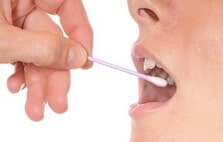
Oral swab with a cotton swab on the back of the cheek (buccal epithelium scraping). The procedure is very simple and takes 5-7 minutes, you can see the instruction here. Easily performed at home. Samples should be stored in a regular paper envelope at room temperature.
Non-standard samples include all others except for a cheek swab. The most common ones are listed below:
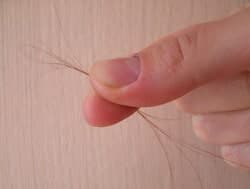
To isolate DNA from hair, you need hair that has been pulled out from a person. The hair follicle must remain on the pulled hairs. It is best to pull out several hairs (5-10) and place them in a clean paper envelope. No special storage conditions are required.
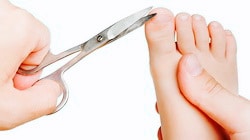
It is sufficient to cut nails from one hand or foot (4-5 pieces) and place them in a clean paper or polyethylene envelope. No special storage conditions are required.
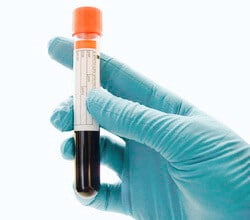
Liquid blood tubes should preferably be kept refrigerated if you are unable to bring samples to us immediately.
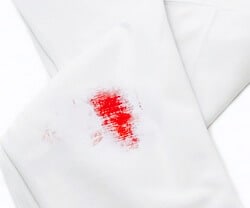
Typically, this refers to dried blood stains on fabric, paper, or other surfaces. Place it in a clean paper envelope. It is preferable to prevent the stains from becoming wet.
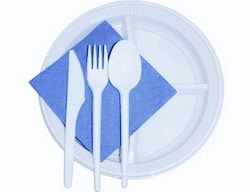
DNA samples of a person may remain on tableware left in public eating places or at home. This may include forks, spoons, cups, etc. It can be placed in either a paper envelope or a polyethylene bag. No special storage conditions are required.
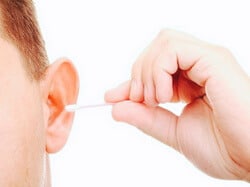
It is recommended to use 2 cotton heads (from each ear). The cotton heads that were not used for ear cleaning should be cut off. It is better to take the sample before washing the ears, so the earwax is visible on the cotton. Place the swabs in a clean paper envelope. No special storage conditions are required.
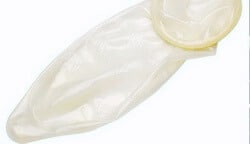
You can either bring a condom with a semen sample or take the sample using sterile cotton swabs. Place in a clean, sealed polyethylene bag or box. No special storage conditions are required.
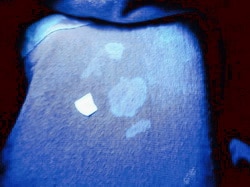
DNA samples can be isolated from semen stains left on fabric or paper (napkins, towels, sheets, etc.). You don’t need to bring the entire fabric, just a cut piece with the stain. Place it in a clean paper envelope. No special storage conditions are required.
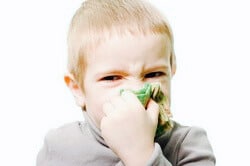
If the handkerchief contains a lot of moisture, it is desirable to let it dry for a few hours to allow excess moisture to evaporate. Place it in a clean paper envelope. No special storage conditions are required.
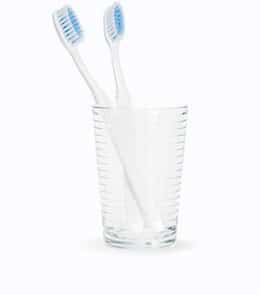
It is necessary to air-dry the toothbrush at room temperature. Place it in a clean paper envelope. No special storage conditions are required.
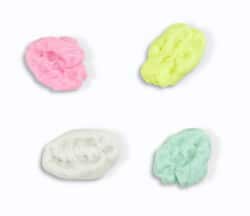
It is recommended to air-dry chewing gum at room temperature by placing it on a clean piece of paper or napkin. Place it in a clean paper envelope. No special storage conditions are required.
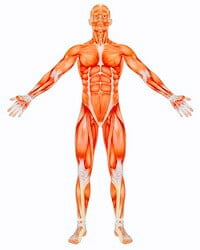
It is recommended to air-dry skin and muscle samples to allow excess moisture to evaporate. Place them in a paper envelope. The dried sample does not require any special storage conditions.
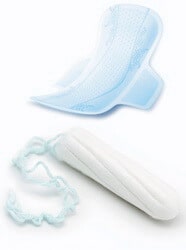
It is not recommended to use a moist tampon or pad as a sample. Therefore, please let the tampon or pad dry at room temperature for several hours. Place it in a clean paper envelope. No special storage conditions are required.
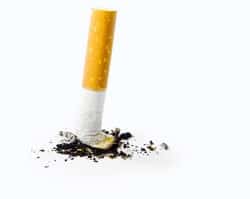
It is recommended to collect several cigarette butts (3-5 pieces). The butts can be placed in either a paper envelope or a plastic bag. No special storage conditions are required.
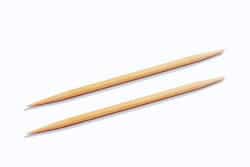
Dry the used toothpick at room temperature for a couple of hours. Place it in a clean paper envelope. No special storage conditions are required.
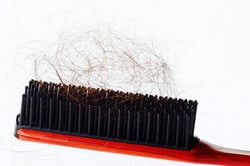
During combing, some hairs left on the hairbrush may contain hair follicles. The comb can be placed in either a paper envelope or a plastic bag. It does not require any special storage conditions.
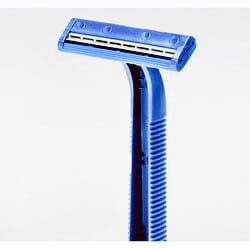
Used razors can contain pieces of skin and hair that may contain DNA. The razor can be placed in either a paper envelope or a plastic bag. It does not require any special storage conditions.
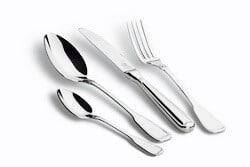
Samples of a person’s DNA can remain on dishes. These can be forks, spoons, glasses, etc. The dish can be placed in either a paper envelope or a plastic bag. It does not require any special storage conditions.
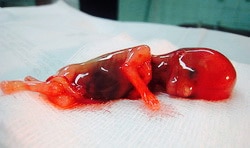
This is biological material obtained during pregnancy termination. Place it in a sealed plastic bag or container. Store in a refrigerator.
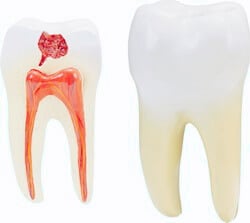
DNA material can be isolated from teeth. The tooth is drilled and human DNA is extracted. It can be placed in either a paper envelope or a plastic bag. It does not require any special storage conditions.
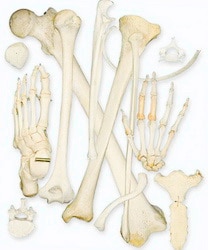
DNA material can be isolated from bones. The bone is cut and human DNA is extracted. It can be stored in either a paper envelope or a plastic bag. It does not require any special storage conditions.


